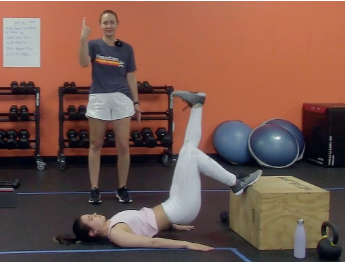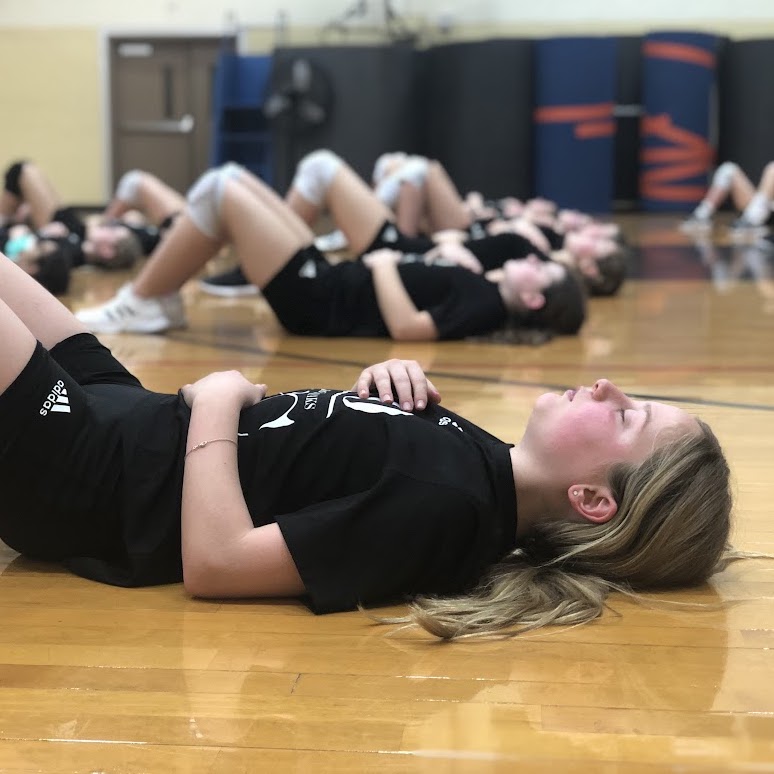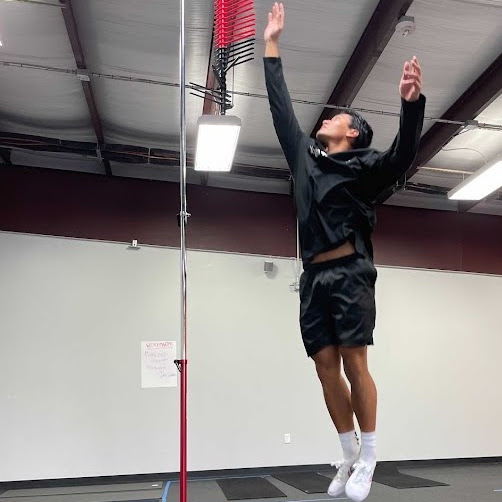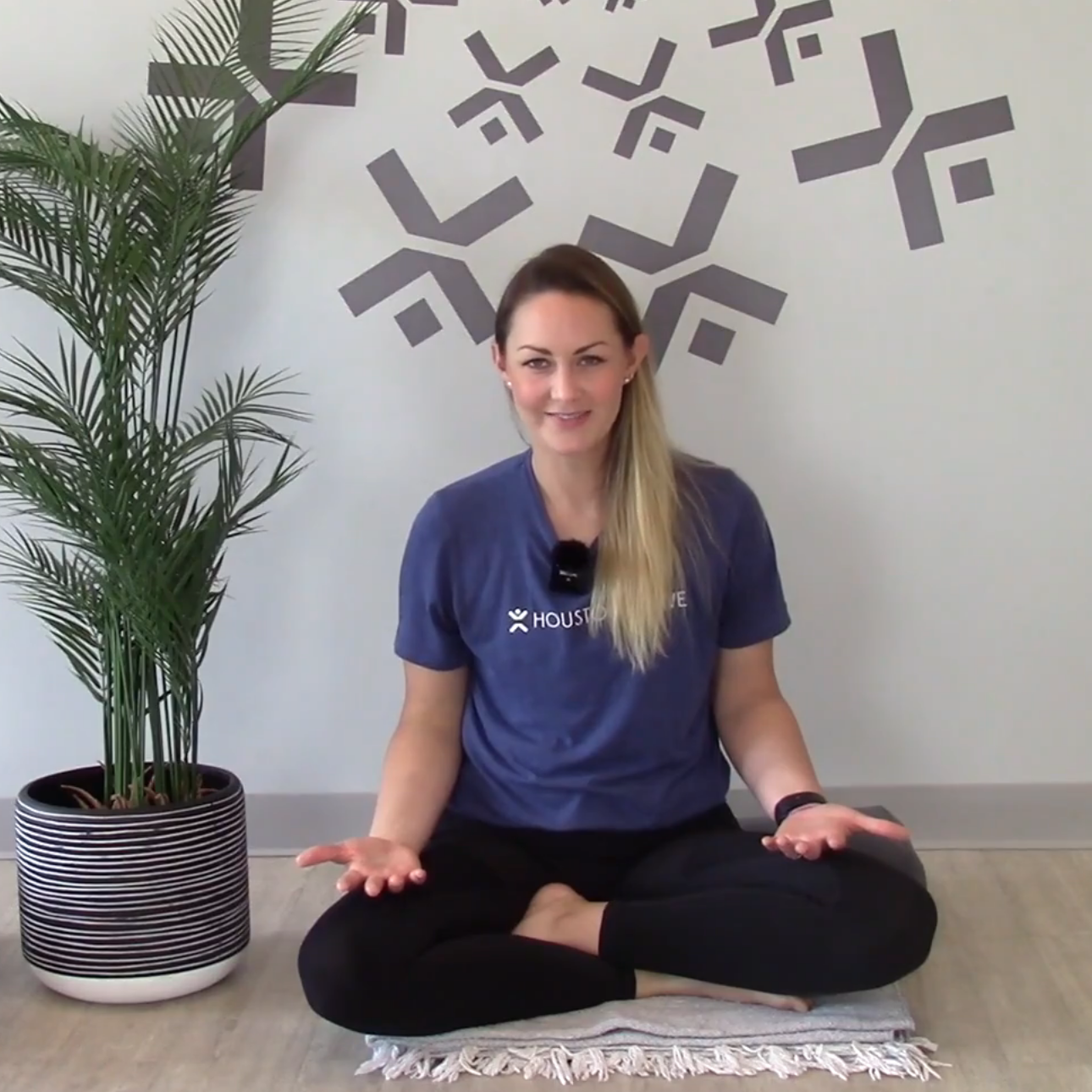Booty Challenge
This month, we’ve got some awesome glute-focused classes to fright and delight you!
Get your buns ready, the Booty Challenge starts Monday, October 4th!
You’ll have 4 weeks to complete the Glute Strength Series on YAX Online (our on-demand video portal). The series consists of five 30-minute HIIT videos, so you should be able to easily add this to your current training schedule. Each time you complete a video, post about it on social media and tag @yaxonline
Not a YAX Online member yet? Sign up for a 7-day free trial!
Don’t ghost your glutes!
Your glutes are necessary for proper pelvic alignment, propulsion during running, and provide single leg stance support – all necessary for peak performance and overall back comfort.
When strong, your glutes help support the lower back during lifting movements and prevent knee injuries. That’s right, it’s not just healthy quads that build pain free knees.
No tricks. Top 3 reasons to treat your booty.
1. Reduce and prevent back pain.
Strong glutes are essential for low back health since they assist with pelvic control and thoracic movement. The load that the back normally takes on can be transferred to the glutes, resulting in relief for the back.
2. Reduce and prevent knee pain.
Having strong glutes that stabilize the pelvis/hips can prevent excessive medial rotation of the femur, which can create lateral patellar tracking, a common cause of knee pain.
3. Increase athletic performance.
The glute max is one of the largest and strongest muscles in the body. It has a lot of influence on the explosive nature of athletic performance (acceleration, jumping, and other power moves). If you are not training your glutes properly, you will certainly find yourself less efficient than your competitors.
Are you ready to get spooky with us?
Not a YAX Online member yet? Sign up for a 7-day free trial!

STAY IN THE LOOP!
Subscribe to our free newsletter.
Most people have some sort of dysfunctional breathing pattern that they are unaware of. It can destabilize your trunk, cause loss in mobility, lower movement efficiency, and reduce force potential.
Jump training, also known as plyometric/speed/muscular endurance training, is geared toward athletes looking to increase their vertical, speed, power, balance, and agility, as well as reduce injury onset.
Being mentally resilient means being able to recover quickly from difficulties. It's a skill that takes practice. You need to train your mind.



